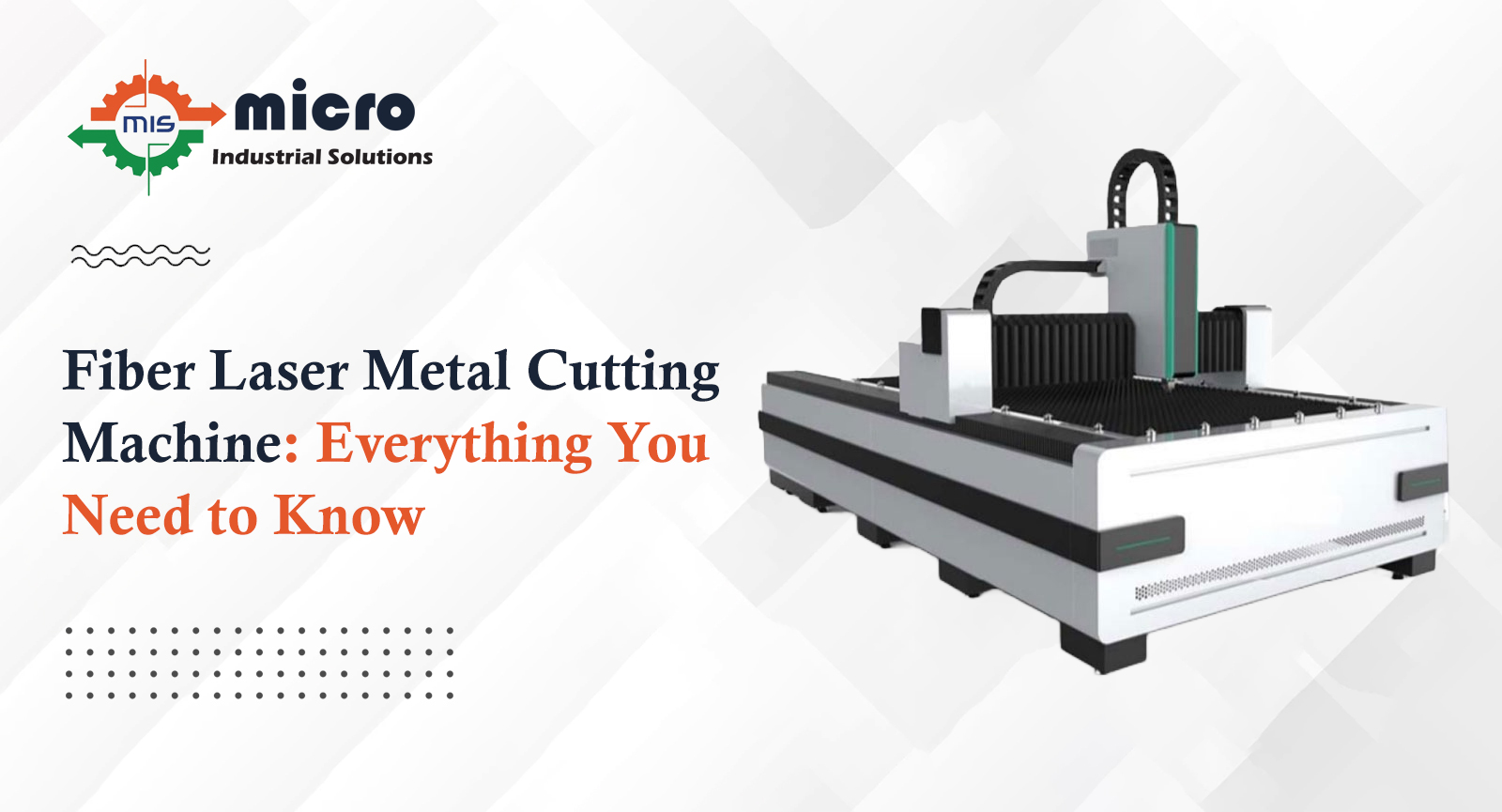Fiber laser cutting is one of the most recent advancements in metal cutting technology, providing remarkable speed and accuracy to the metal production sector. However, fiber laser cutting, like other fabrication industry jargon, appears to be quite sophisticated. So, what precisely is it?
A Fiber Laser Metal Cutting Machine generates a laser beam from active optical fibers and transmits it to the machine’s cutting head via a transport fiber. This extremely hot laser is concentrated into a narrow beam and used to cut through metals of varying thicknesses.
Fiber technology is used in a variety of infrastructural and industry applications because of its superior strength and efficiency. There are various types of laser-cutting machines in use today, and the main difference between them is how the laser is created. Below, we’ll walk you through all you need to know about fiber laser cutting.
What is Fiber Laser Cutting?
Fiber laser cutting employs a solid-state laser to melt and puncture metals. A Fiber Laser Metal Cutting Machine can cut a variety of materials and thicknesses. Most fiber laser equipment can cut stainless steel up to 10mm in thickness. This type of laser cutter is widely utilized in manufacturing and infrastructure since fiber laser cutting equipment is much more expensive than CO2 laser cutters, which are affordable to schools and amateurs.
How Do Fiber Laser Metal Cutting Machines Work?
Fiber laser technology uses stimulated radiation to create a concentrated, high-power laser beam. A laser diode produces light, which is then delivered to the fiber optic cable to be amplified. When this strong laser strikes a material surface, the high-intensity light is absorbed and turned into heat, melting the surface.
A high-speed airflow parallel to the laser beam is utilized to remove any hot material and allow the workpiece to be cut.
The first point of contact between the fiber laser and the material must be more powerful than subsequent encounters because it must puncture the material rather than merely cut through it. This needs the use of a high-powered pulse beam to create a hole in the material that lasts around 10 seconds for a twelve-millimeter sheet of stainless steel. A high-speed airflow will clean out the junk, providing a clear image of the output.
A Fiber Laser Metal Cutting Machine usually employs computerized digital control technology, which allows cutting data to be received from a computer-aided design workstation. These technologies help in regulating either the material’s surface or the laser itself to create a certain pattern or design.
Fiber laser cutters also offer two interchangeable platforms, which make it easier to load and unload materials. This capability permits rapid laser cutting while preserving accuracy and precision.
A fiber laser metal cutting machine is very simple to maintain. The parts require minimal replacements and tune-ups, lowering the load and cost of maintenance. Furthermore, fiber lasers employ nitrogen in the cutting process, resulting in faster, more precise, and less messy cutting.
What Materials Can Fiber Lasers Cut?
A fiber laser metal cutting machine is particularly effective for cutting sheet metal such as carbon steel, stainless steel, copper, brass, aluminum, and titanium. Fiber lasers excel at cutting reflecting surfaces, whereas CO2 lasers struggle with.
It is reasonable to assume that because fiber lasers employ visible light, reflecting materials such as brass, aluminum, and copper would be problematic; however, this is not the case. Fiber lasers have improved to the point that they can cut through materials that were previously difficult for metal fabricators.
Sheet metal is used extensively in the industrial, construction, and infrastructure industries. However, laser cutting is becoming more popular in the creative sector, particularly in metal art and sculpting. Metalworking is greatly simplified when using a fiber laser cutter.
What Type of Laser Is Best for Cutting Metal?
Fiber laser cutters are the most effective lasers for cutting through metal. Compared to CO2 lasers, they offer superior results on metals like stainless steel. Because the beam is absorbed, fiber laser cutters can cut reflective metals such as copper, brass, and aluminum much more effectively.
Why are lasers used to cut materials?
Lasers are ideal for cutting numerous materials due to their high efficiency at scale. In comparison to conventional metal shearing, laser cutting requires less energy and time to cut heavy metals such as aluminum and steel. Without worn components, a fiber laser metal cutting machine requires significantly less maintenance and can stay accurate for elaborate patterns.

